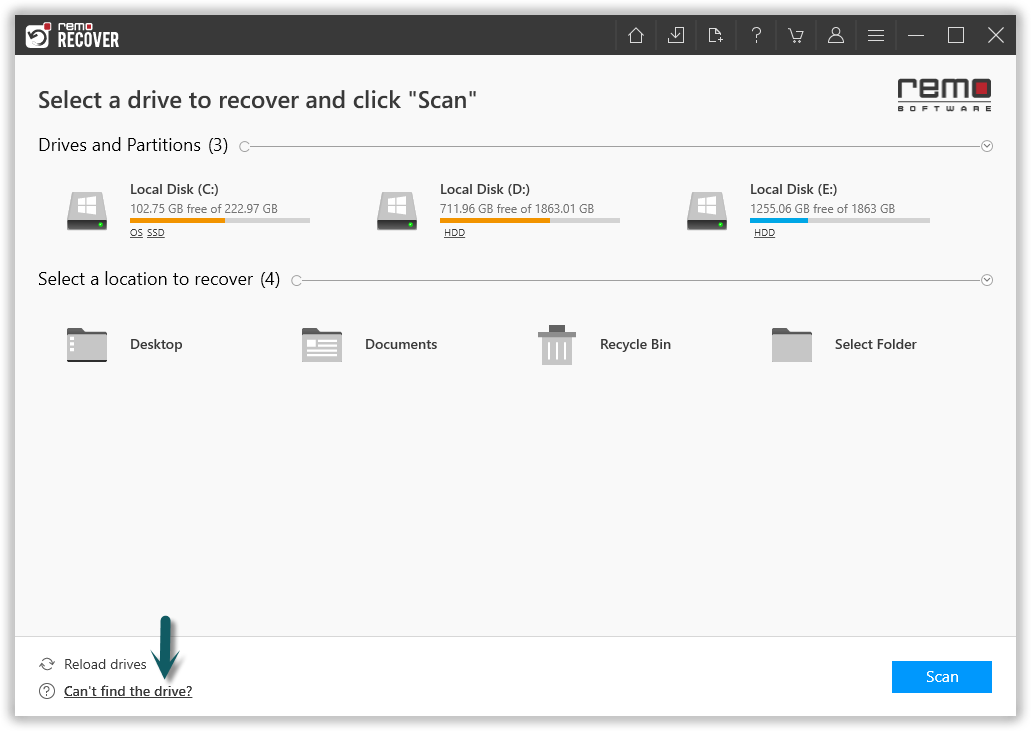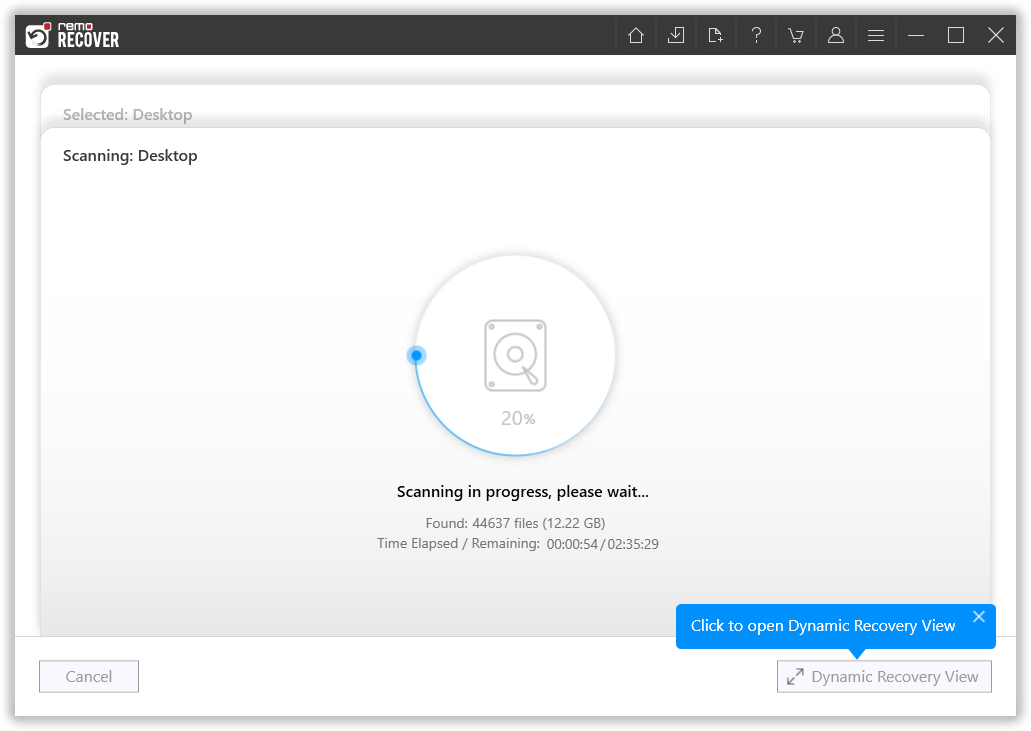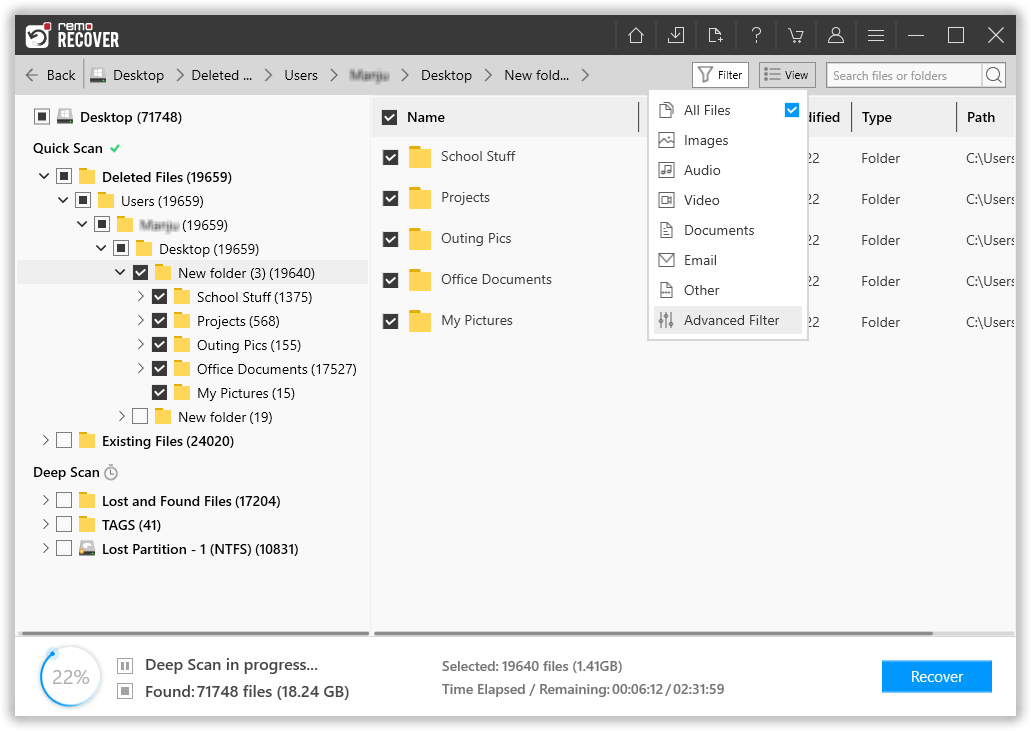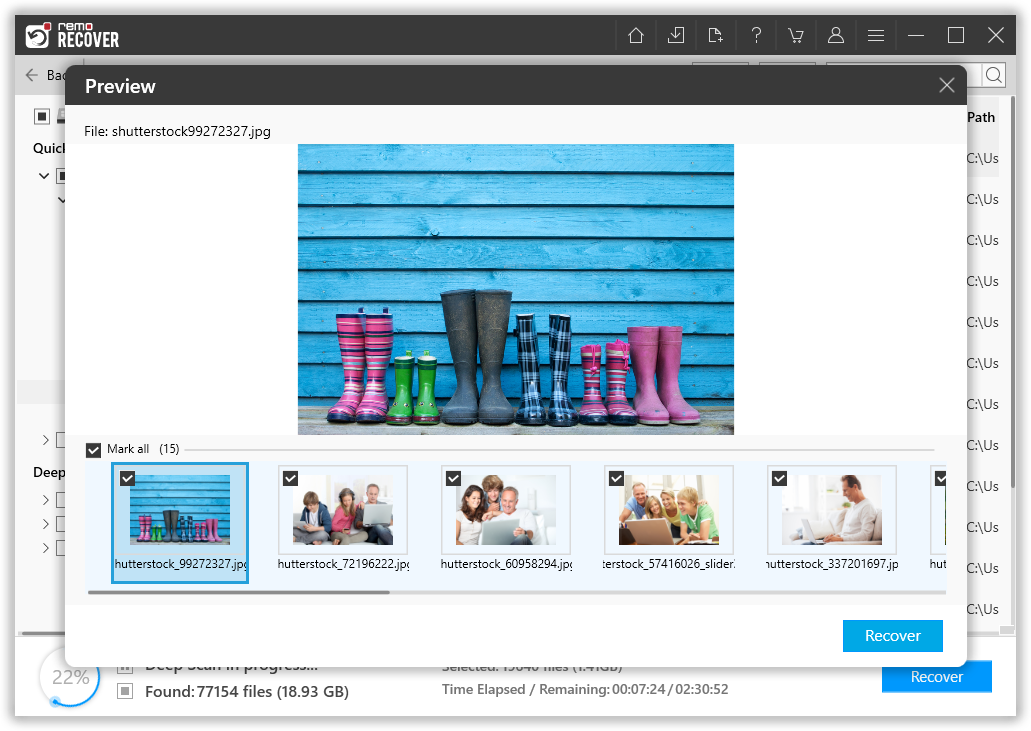How to Recover Files from RAW Partition?
- Folder Recovery software scans and retrieves data from a RAW partition on the hard drives, flash drives, SSD, memory cards, iPods, etc.
- Works with all disk file systems
- Lists the recovered files/folders in a preview window
- Also available in a trial version that runs on all editions of Windows and Macintosh
Hard disk partitions turned RAW
The partitions which do not have a file system and generally used in its native mode are referred to as the RAW partition. A RAW partition is also used to store a huge amount of files which make your life more convenient. It is similar to other partition but the only difference is that it does not have any file system. Due to this, whenever you try to access the RAW partition, you may get the message that states- “The partition needs to be formatted”. However, a RAW partition may also get corrupted or deleted due to which your precious data become inaccessible. The system might also throw errors like- “RAW”, sector not found messages, etc. This type of message indicates that your RAW partition becomes inaccessible.
Scenarios due to which files get deleted from a RAW Partition:
- Any type of interruption like a sudden shut down of the system, power failure while formatting or hard drive re-partitioning process.
- When the hard disk file system gets infected by dreaded viruses, malware, spyware, etc.
- Corruption of the drive file system
- If master boot record or partition table gets corrupted or damaged due to any reason then it may result in loss of important data from RAW partition
Now, in order to recover files from a RAW partition, you need some powerful tool. There are various tools available on the internet which helps you to recover files from the RAW partition. The Folder Recovery tool is amongst the most reliable tool used to regain RAW drive partition data. It facilitates you to perform lost and deleted folder recovery on Windows 8, Windows 10, Windows 7, Windows XP, and Windows Vista with ease.
Restore files from RAW partitions using the Folder Recovery program
Folder Recovery software proves to be an ultimate solution to retrieve files and folders from a RAW partition in quick steps. It has the capability to restore different types of files including RAW images, pictures, memorable videos, movies, important documents, compressed files, etc. This program can also be utilized to perform data restoration from external HDD, SSD, USB drives, iPods, memory cards, etc. It also supports file recovery from the storage drives formatted with any disk file system. If you want to know more about how to recover folders from a deleted partition, then visit: https://www.folderrecovery.net/from-deleted-partition.html.
Striking features of the Folder Recovery Software:
- It can easily recover files from a formatted, reformatted and RAW partition in a short span of time.
- This software is compatible with different versions of Windows and Mac Operating System such as Windows 7, Windows 8, Windows 10, Windows XP, Windows Vista, Mac OS X Snow Leopard, Mavericks, Yosemite, El Capitan, Sierra, High Sierra, and so on.
- Built with a fast recovery search engine which is used to restore files of more than 300 file types from the RAW partition with ease.
- Features an advanced Preview option which helps you to analyze the overall performance of this utility prior to buying the software.
- Retrieves partition data without modifying the original file structure or the contents.
Simple steps to restore files from a RAW partition:
Step 1: Download and install the demo version of the Folder Recovery software on your system. Choose Recover Files option from the main screen.
Step 2: Select the drive that responds to the RAW partition. Click on the Scan button.

Figure 1: Recover Partitions/Drives
Step 3: The program starts restoring the files from the RAW partitioned drive.

Figure 2: Scanning for Folders
Step 4: The retrieved folders from the RAW drive appear in File Type View and Data View panes.

Figure 3: Recovered Folders
Step 5: Preview the files from the list and mark them for saving.

Figure 4: Preview Window
Step 6: Proceed to save to the restored data to a suitable drive location and hit on the Save button.

Figure 5: Save Recovered Folders